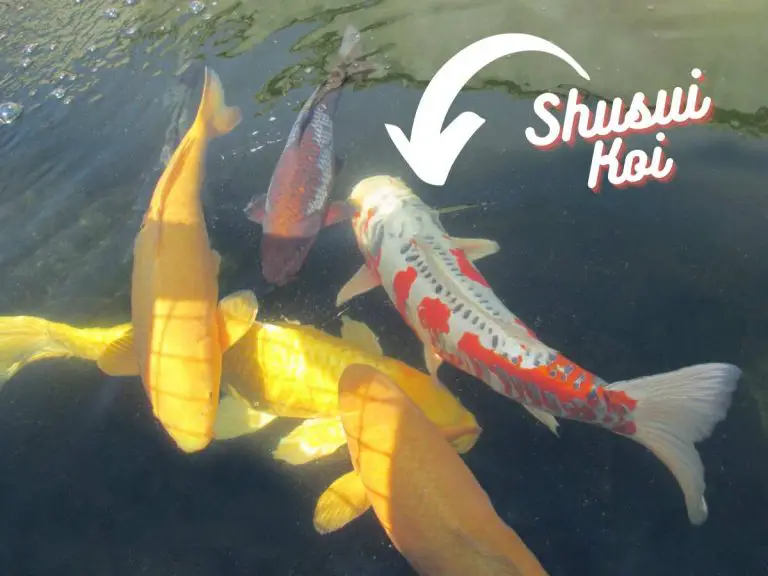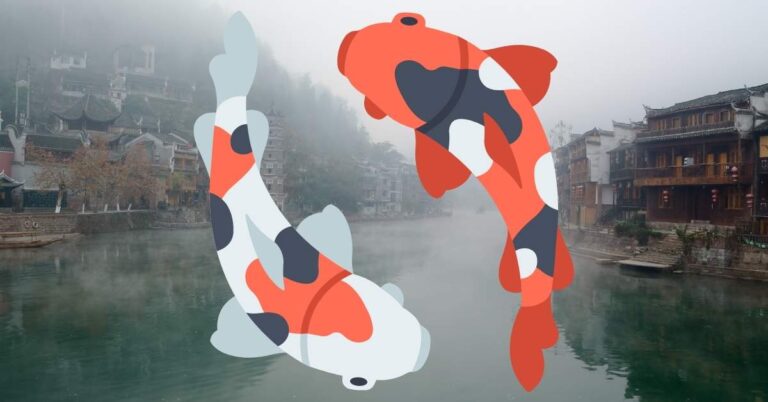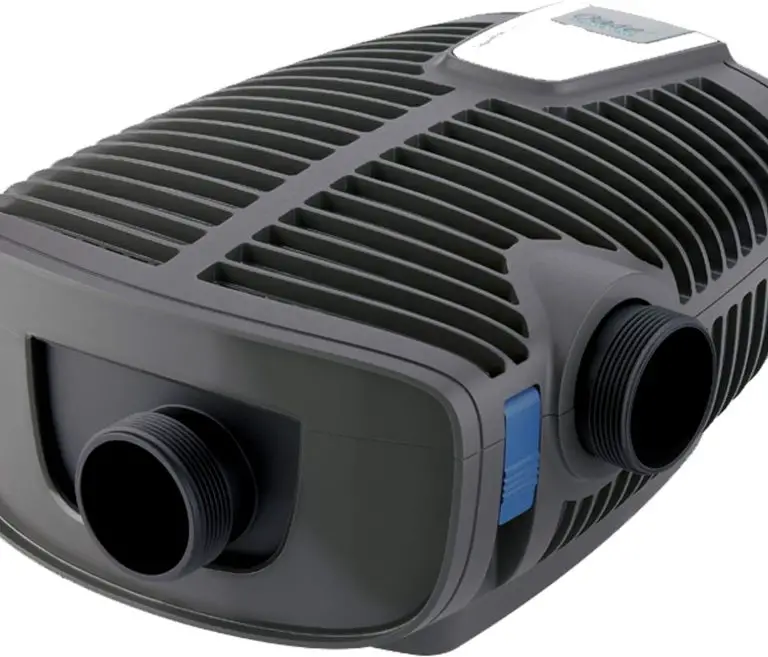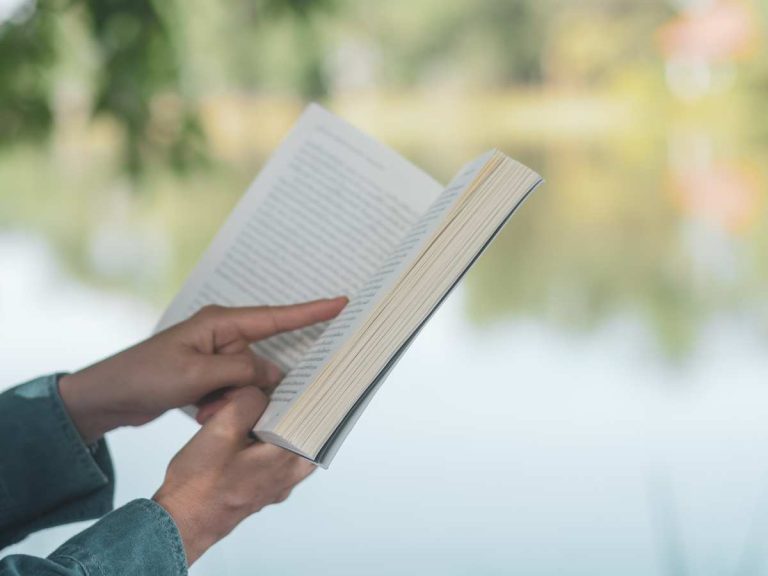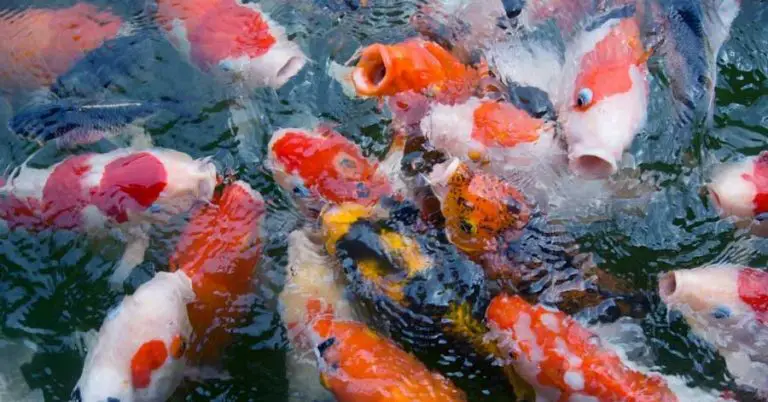Koi Fish Breeding in Garden Ponds -What You Need To Know
Koi fish have been one of the most popular domesticated fish species for hundreds of years, and they can be quite expensive. So if you want to get more Koi without paying high prices, you have two options: buy koi online at a discount, or breed the ones you already have. For the sake of this article, let’s assume you want to breed them.
Koi fish will breed once a year in a garden pond. If you have male koi that are at least two years old and females that are at least three, you can expect them to spawn in the spring or summer. It is normal for koi to become more aggressive during spawning, so pay close attention to the process.
Breeding koi can be a very lucrative business that requires a lot of work, but if you are an amateur, you can just enjoy the process. If you are an amateur koi owner with a garden pond, this is what you need to know to keep your koi safe and happy during breeding season and beyond.
Koi Breeding Facts At A Glance
- Male Sexual Maturity: 2 years
- Male Sexual Peek: 3-5 years
- Female Sexual Maturity: 3 years
- Female Sexual Peek: 4-6 years
- Best Conditions For Spawning: Temperatures between 65-70 degrees, with lots of hiding space in the water for the eggs
- Length of Spawning Season: A few days
- How Often Do Koi Fish Lay Eggs: Once a year, when the temperatures rise
- How Many Eggs Do Koi Fish Lay: 100,000
- What Are Baby Koi Called: Fry
- How Big Is A Newborn Fry: 1/4 inch or less
- How Long For A Fertilized Egg to Hatch: 3-5 days
- Can Spawning Be Dangerous For Koi Fish: Yes! Keep reading to keep your fish safe during mating season.
Related Post: Milky, Cloudy Koi Pond Water: Causes & Solutions
Koi Spawning/Breeding – What You Need To Know
Koi fish breed by spawning. This means that the female fish lay eggs, which the male fish then fertilize. This happens once a year. Baby koi are called ‘fry,’ and as long as they are healthy in a healthy pond, you can expect them to grow about an inch a month, and about 9 inches in the first year.
If males do not fertilize the eggs, they will not turn into babies.
Spawning is typically triggered by the warmer weather, and prolonged daylight hours. This is why spawning typically takes place in the Spring of the year.
Male koi fish become very aggressive during breeding season. In fact, their behavior can be so aggressive that they can injure each other, especially the more vulnerable females. The males will chase and ram into the females in an effort to force the eggs from the females. Mother Nature can be brutal!
Because male koi fish are aggressive during spawning season, you may notice that your females seem a bit dazed and tired. Keep an eye on everyone, and separate any who seem to be injured. You can take them to the vet if you believe they are seriously injured.
The most common injuries to expect during koi mating season are lost scales, and thankfully, scales usually grow back. Note that while their scales are damaged, your fish will be more vulnerable to disease and parasites, making it all the most critical to keep your pond clean (as if you needed another reason).
Female koi will have swollen bellies as they become ready to spawn, and the male fish will chase and badger them into spawning. If you were not expecting this, it can be quite troubling because koi are normally such sweet, docile creatures. Don’t worry – their behavior will go back to normal after the males have been able to fertilize the eggs.
Finally, not only will your koi’s behavior change during breeding season. Your pond water will also change, becoming murky and possibly acquiring a smell. The surface of your pond will also be very foamy. Don’t worry – this is normal, and your pond water will return to its regular state after breeding.
In fact, assuming that you already keep your pond clean and that you have an adequate existing filtration system, do not try to treat your water during spawning season. When your water is murky, all you want to do is clean it. But during spawning season, this is normal and healthy, so leave it be.
If your pond water is still smelly after spawning season, then use carbon. And you will likely want to rinse your filter pads after mating season. Otherwise, sit back and enjoy watching your baby fish appear. They’ll hatch in 3-5 days, but will be quite small. You can expect to start seeing them a few weeks, and they’ll start to look like really little koi fish with color at around 30 days.
Will Koi Fish Breed in an Aquarium?
Koi will breed in any pond or aquarium, provided they have enough space and a clean environment. In fact, many professional koi breeders use tanks or aquariums. If you would like to specifically breed two fish (male and female) in an aquarium, make sure it is at least 100 gallons.
Will Koi Breed With Goldfish?
Because they are closely related, koi and goldfish can technically breed together and create offspring. In this case, the offspring will be infertile, and may have some unique characteristics.
Note that koi fish will eat their young when they are still quite small, but that goldfish will really go after them. Goldfish will really go after the koi babies because they are bigger than their own. That means if you let both goldfish and koi spawn in the same pond, then at the end of the season, you’ll end up with more goldfish than koi.
How To Encourage Koi Fish To Spawn In A Garden Pond
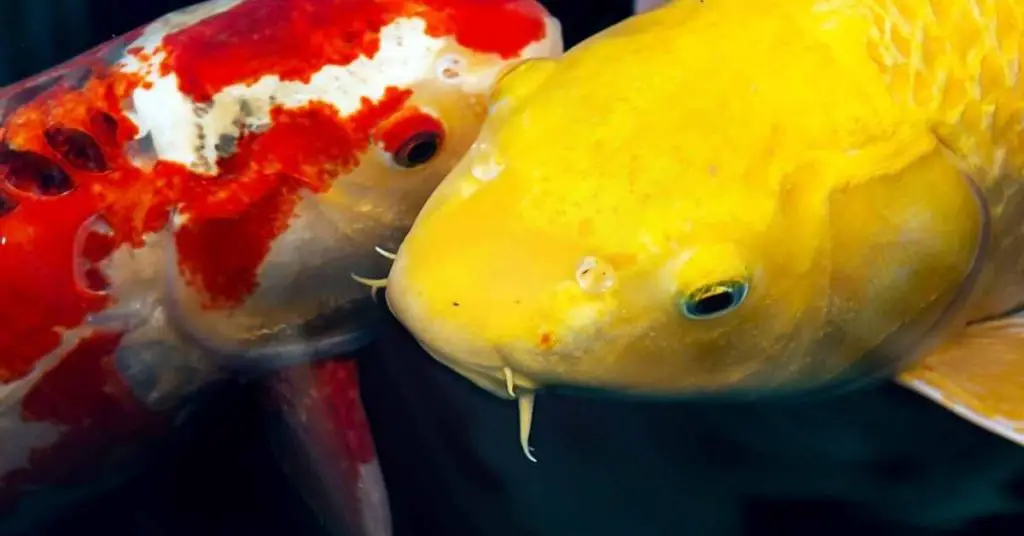
If you have healthy, sexually mature males and females in your flock, they are pretty much guaranteed to spawn during the Spring/Summer. When the temperatures get warm, the koi get mating!
That said, if you want your koi fish to breed in your backyard pond, then you need to make it easy for them to spawn and lay eggs. Part of this means ensuring there is plenty of space for their spawning behavior, and that their environment feels safe and clean (this will also go a long way towards keeping your koi from jumping out of their water, by the way).
A big factor in helping your koi fish breed is giving them lots of places to lay their eggs. Providing plants is the best way to do this. Submerged plants in particular are easy to maintain, and koi will always appreciate having hiding spots. Water hyacinth, water lettuce plants, and hornwort are great places to start.
Koi eggs will stick to whatever they land on. Providing space for your koi to lay their eggs is critical, because they may not lay them if they don’t have a good nesting place. If you don’t have enough plants in your pond, you can always buy a fry breeding mat, like this breeding mat on Amazon. Even yarn or plastic twine will work.
To encourage breeding, feed your koi extra during mating season – up to 4 times a day. Try to increase their protein intake with supplements.
How To Keep Baby Koi (Fry) Fish Safe
The only way to keep koi fry completely safe from predators is to put them in their own aquarium. If you plan to professionally breed and sell your koi, this is generally your safest bet.
However, if you are garden pond enthusiast and just want to enjoy nature, you can let it run its course, knowing that many of your baby koi won’t survive.
There are several ways you can help your young koi fish survive in your pond without separating them. Namely, you can keep their environment clean and provide lots of hiding spaces.
Having ample plants, rocks and crevices in your garden pond will provide hiding spaces for your young fry, which will be very vulnerable. Pretty much anything bigger than them will eat them – including their koi parents. And for their first few days in particular, they can’t swim. So having protected hiding spaces will help them survive.
It’s also critical to ensure that your baby koi always have clean, filtered water. In general, you want to them to live in a healthy ecosystem.
There are some people who argue that you should keep your fry in unfiltered water, because they can eat microorganisms living in the water, and because of the risk the filter itself poses. However, given that all the other fish in your pond require fresh water, and that most people don’t have the time or money to maintain separate ponds, this will not be feasible.
While clean, filtered water is critical to the health of your fry, your pond filter itself may be dangerous for them. You can get fish mesh filters you can place over your filter to prevent them from getting sucked in.
And you can also feed your fry, so they don’t need that muddy water. You can feed them finely ground flake food.
Note that any time new animals are introduced into your pond, your ecosystem will have to adapt. Be sure you are checking your levels regularly, as the baby fish will add ammonia and nitrates to your water.
And while all your babies won’t grow to maturity (they do lay 100,000 eggs, after all), some will. Remember that you can only have 5 fish in a pond that is 3X6X8. Be smart about how many fish you let reach maturity. And as your fish school grows, be sure you’re still keeping their living environment clean.
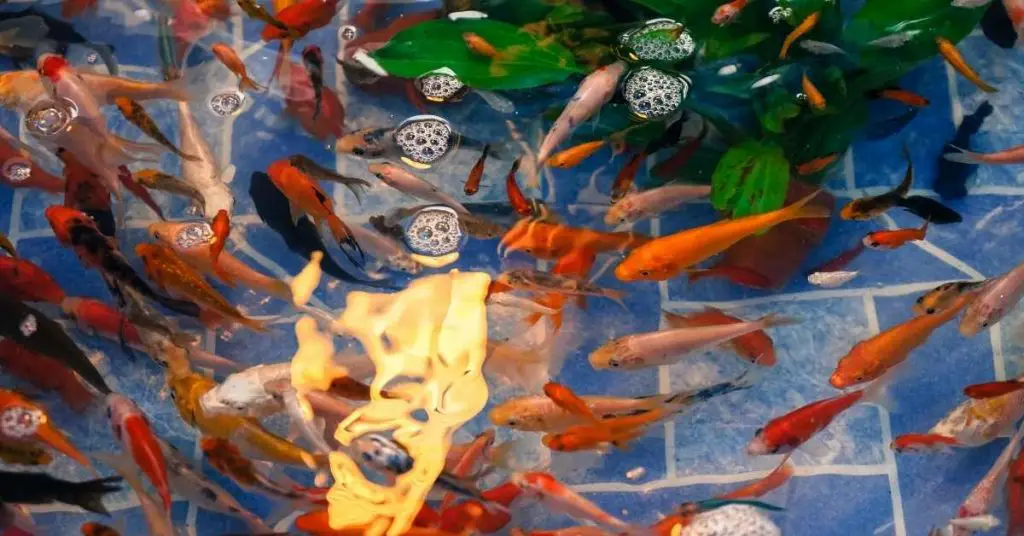
How To Prevent Koi Spawning (And Should You?)
As we’ve covered, spawning can be dangerous for your koi fish, with lots of potential injuries. For this reason, you may want to separate any vulnerable fish during this time period, such as any old, young or already injured fish. If you have a prized fish or two, you might want to separate them too (unless you’re specifically interested in breeding them).
If you do plan to separate the males and females, then that means you need to be able to identify the different sexes. In general, female koi fish are usually fatter, while the males usually have brighter colors. The males will also tend to have thin fins.
During spawning season, as mentioned, the female koi will have swollen belies, and the males might have enlarged pectoral fins. They will also be much thinner than the females. During this time, you can also identify the males by their aggressive behavior.
Alternatively, you can keep your koi from spawning by tricking them. Since spawning is triggered by the environment, you can artificially control their environment by keeping the water cool. You will also need to keep the ponds shaded for several hours each day. Basically, you don’t want your koi fish to figure out that it’s Spring, which is when they normally lay eggs.
Final Thoughts
It can be very fun and rewarding to have a fish that was born in your pond and that you raise completely. If you have healthy koi fish, you can expect them to mate in the spring or summer. You should keep an eye on the process, but you can enjoy the process too.


